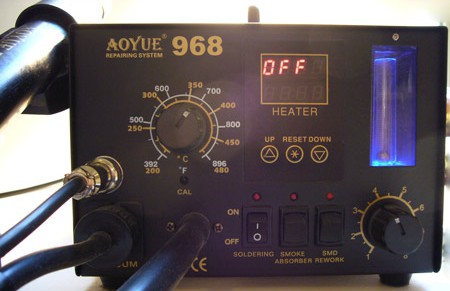
Installing OSX on commodity PC hardware has advanced a lot since the early days of OSx86 when Apple switched to Intel. With the advent of netbooks, a new target platform has emerged; one that doesn’t have an official Apple equivalent. The small subset of models means that it’s easy to find someone else that has the same machine as you, but it still takes some forum walking to bring all the pieces together. Gizmodo has done this and compiled a comprehensive guide for the Dell Mini 9. The Mini 9 is a very nice machine and according to Boing Boing Gadgets’ chart, one of the most compatible with OSX. Earlier this week you could purchase a new one for just $200.
For Gizmodo’s install, they used a Leopard retail DVD with [Type11]’s bootloader. They’re breaking the EULA, but at least it’s not piracy. They had to use both a DVD drive and a USB hard drive because device recognition was flakey. Despite this, the actual install process doesn’t appear to be too difficult. They say all the hardware works, “The Mini 9 is a beautiful OS X machine.” Check out this Hackit to learn about netbook OSX experiences from other Hack a Day readers.

















